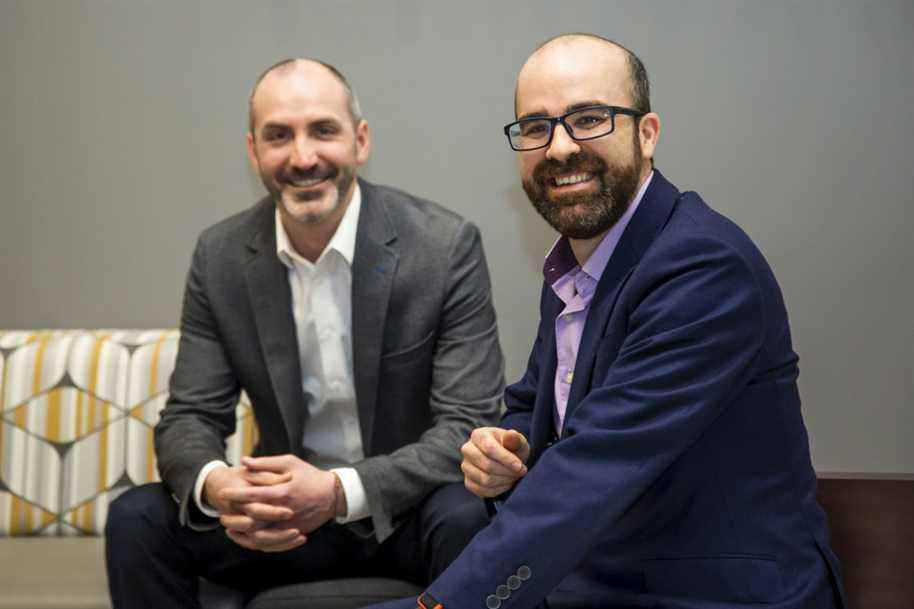Posted at 7:00 a.m.
How to think about returning to work, partially or totally, without fear of backing down from work-family balance?
Above all, we must focus on a culture of autonomy and trust before even being concerned about the return to work. The real challenge is to normalize this reconciliation through concrete gestures and rituals so that it becomes a philosophy and an organizational way of life. It is no longer a privilege or an exception in such a competitive market. The trap to avoid is to rush the return to work or to force a rigid and restrictive policy. It’s best to offer a range of options that gives the employee and manager ample latitude and independence. Such a strategy is proving effective at CPCS when it comes to recruiting an international and highly educated workforce. Return to work is not a science. This is why you have to continuously survey your teams and adapt along the way. We are fond of pilot projects as a means of evaluating our practices.
What are the advantages (and disadvantages) of bidirectionality, in times like the pandemic?
In times of pandemic, one was able to count on the other during difficult situations or when one had to be absent for a business trip, for example. Without forgetting the possibility of really picking up on vacation. In short, the classic CEO model has lost some of its luster. A two-headed formula reduced our stress and our workload. We definitely have a better work-family balance. We are the example and we have been promoting it for more than four years. Simply, you might see us as the hare and the tortoise. When one has to move quickly, that is to say manage an urgent file or mobilize the right people, the other thinks and stays the course on the major orientations and the planning.
CPCS is significantly more resilient thanks to better decision-making. It is hard to imagine working otherwise, the formula works so well. Certainly, bidirectionality requires good coordination and lots and lots of communication. It is also a constant exercise in humility and one that constantly challenges our ideas and our points of view. Some fear that this model may dilute our degree of responsibility, of accountability, but to remedy this challenge, we are both beholden to a board of directors.
How to sell the return to the office to young employees who have the choice of positions and who like teleworking?
It’s especially the breadth and depth of the work we do that resonates with the early career people we hire. Telecommuting or not, they immediately want to make a difference and see the benefits of their work all over the world. It goes without saying that flexible working hours and working in a hybrid formula are part of the basic conditions, because the return to the full-time office is over.
It is wrong to believe that all young people want to telecommute full time. These generalizations should be avoided. Some feel that working from home hinders their career development while others seek more spontaneity. Nevertheless, when it comes to diversity, equity and inclusion, the important thing is to offer a bit of everything to accommodate the greatest number. Our offices are now collaborative spaces and predictable places to gather for special occasions. Being in the office is not about productivity. It is rather to find all that the virtual cannot offer.

